|
Chicora's Conservation Administrator Debi Hacker is also trained in
horticultural maintenance and is a member of the
PLANET,
International Society of
Arboriculture, South Carolina Nursery and
Landscape Association, and the
Alliance for
Historic Landscape Preservation. We are well aware of the importance of appropriate grounds care
-- while at the same time protecting the historic monuments in the cemetery. We are
happy to assist in developing appropriate maintenance specifications, as well as
to provide consultations on maintenance and landscape issues.
We're often asked what a cemetery should be spending on maintenance -- a
broad question since salary rates, benefits, overhead, and other factors vary
tremendously from one part of the country to another. A cemetery may also have
significant resources that it spends poorly . . . or few resources that it
manages wisely. Here, however, are some figures we have found in various studies
- use them with caution:
- In 2004 a Colorado Spring, CO cemetery reported spending $18.44 per
grave on maintenance (calculated by dividing number of graves by annual
salaries, benefits, and operating expenses less capital expenditures).
- In 2007 a Santa Monica, CA cemetery reported spending $8.71 per grave,
although this cost included only salaries ($392,000 for a staff of 6
tending 23 acres). Since staffing at this cemetery slid precariously from
14, it is likely that this estimate is very low and should be used with
caution.
- The City of Jacksonville, FL rejected a maintenance bid (low) of just
under $30/acre for its cemeteries. A second effort resulted in a projected
bid of $50/acre.
- The Veterans Administration estimates that burial site development costs
approximately $150,000 per acre.
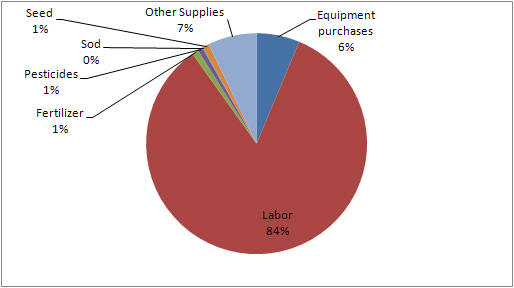
A recent Michigan study found that the bulk of landscape funds in their
cemeteries were used on labor costs as shown in the chart on the left. A New
Jersey study found somewhat similar results, although their labor costs were
only 70% (with 54% spent in-house and 16% out sourced). A category termed
"Equipment and Operation" accounted for 19%.
The Michigan study found that while 92% of the grounds crews mowed and
trimmed, 84% conducted spring clean-ups, 69% did fall clean-ups, and 43% edged,
only 1% did core aeration, only 3% did routine soil tests, only 8% put down
mulch, and only 18% ever fertilized.
Curiously, the number one lawn care problem cited by those surveyed was
drought - which could be fought with such activities as core aeration and mulch.
The second rated problem were weeds -- yet only 22% of the crews used herbicides
and only 13% ever renovated or overseeded their lawn areas.
Here are examples of some typical landscape problems:
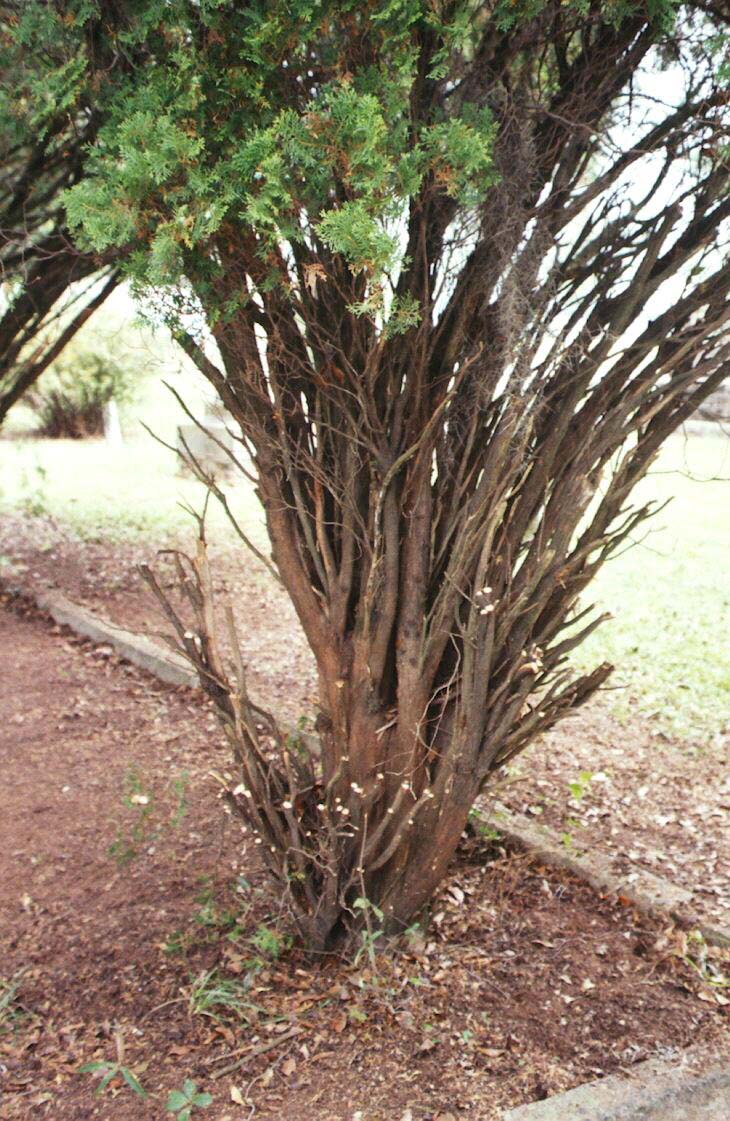 Inappropriate pruning that destroys the beauty (and health) of the plant.
Inappropriate pruning that destroys the beauty (and health) of the plant.
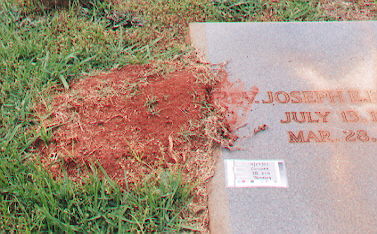 Failure to control fire ants and other pests.
Failure to control fire ants and other pests.
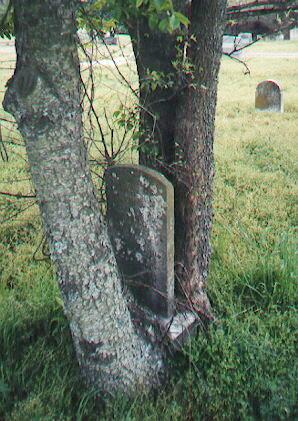
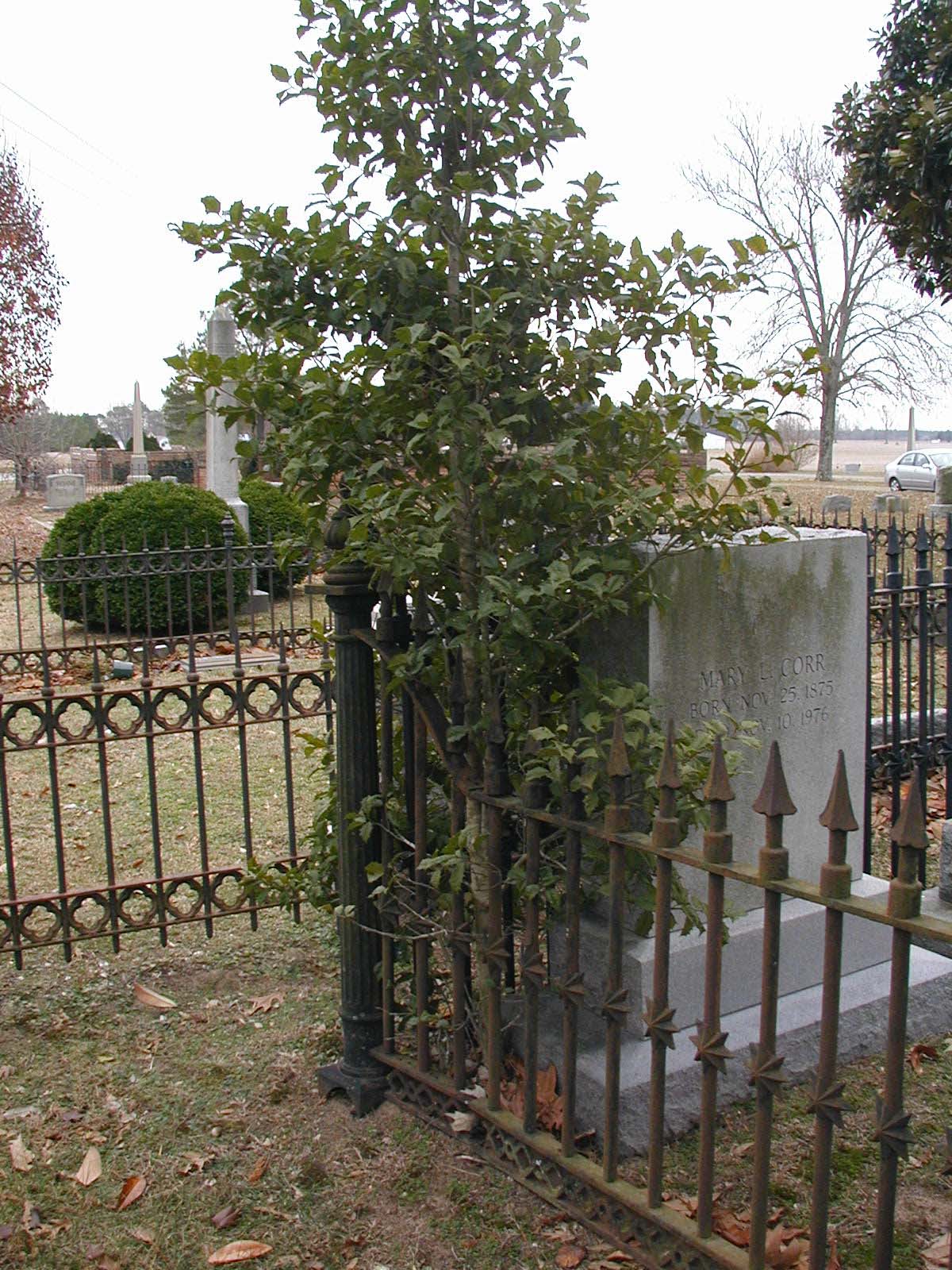
Trees
that are allowed to grow up around stones and fences.
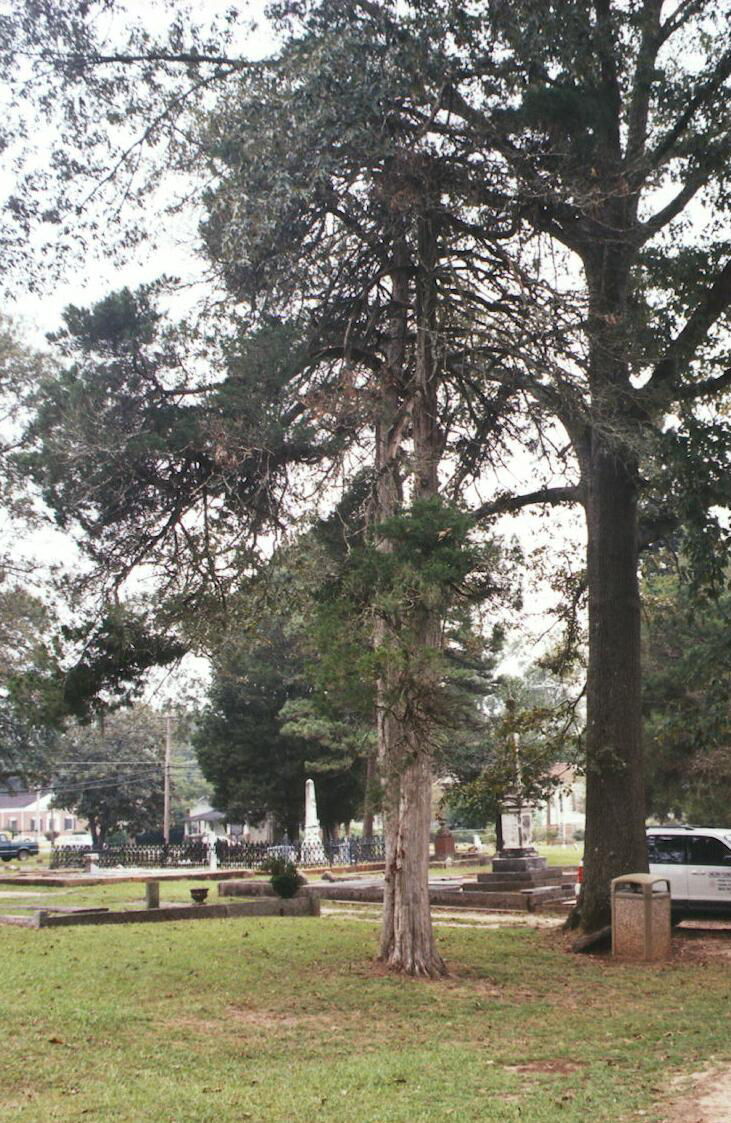 Dead and
dying trees that endanger the public . . . and stones. Dead and
dying trees that endanger the public . . . and stones.
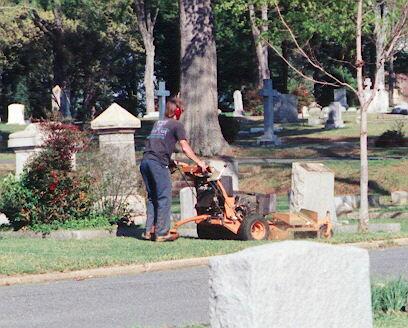
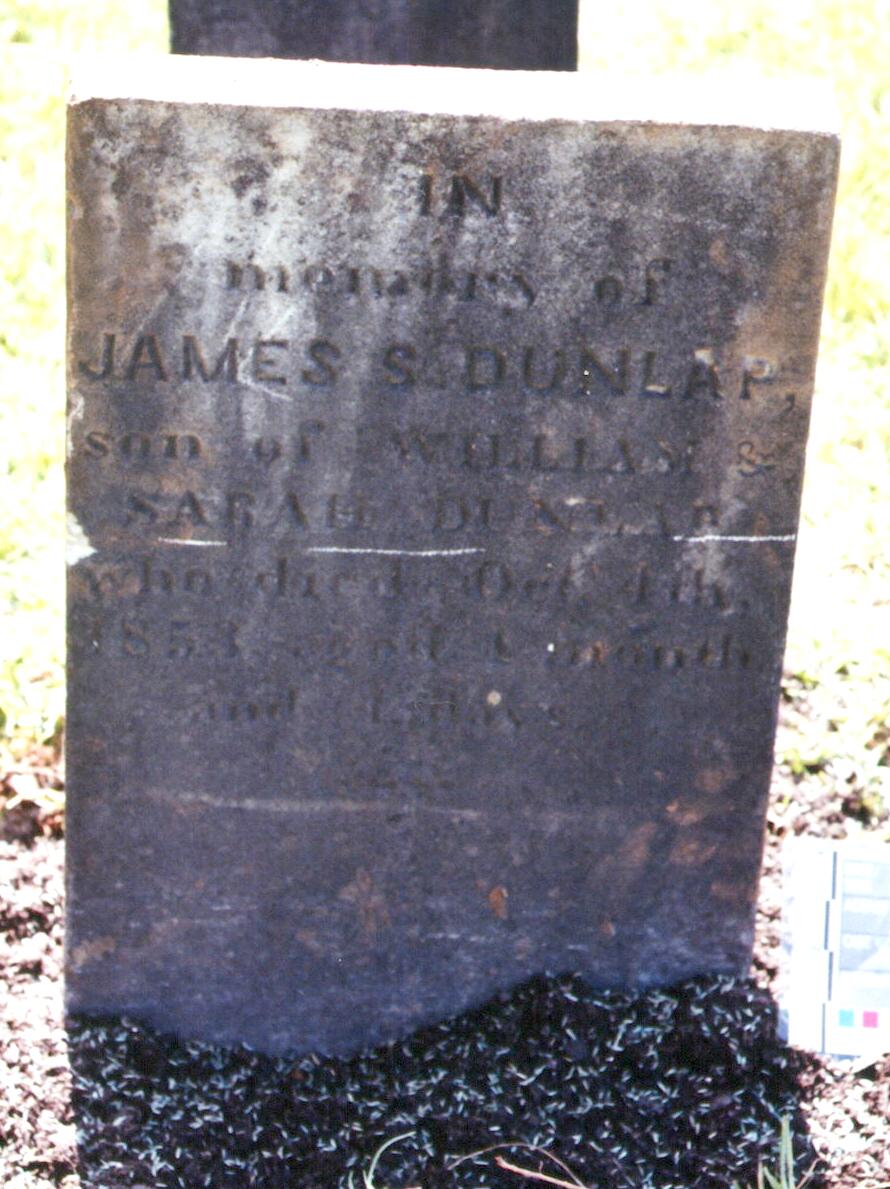
Inappropriate mowers and mower techniques.
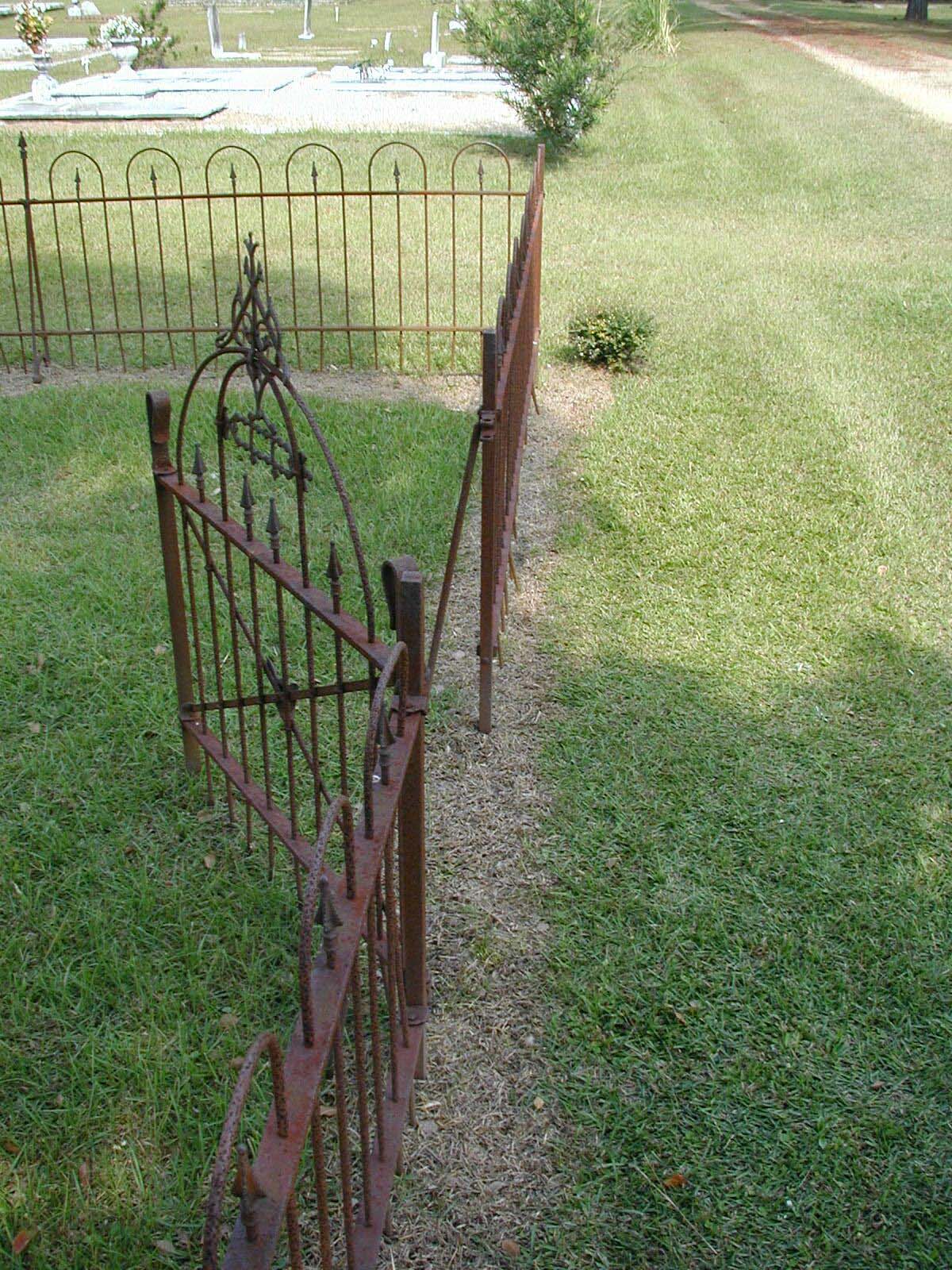
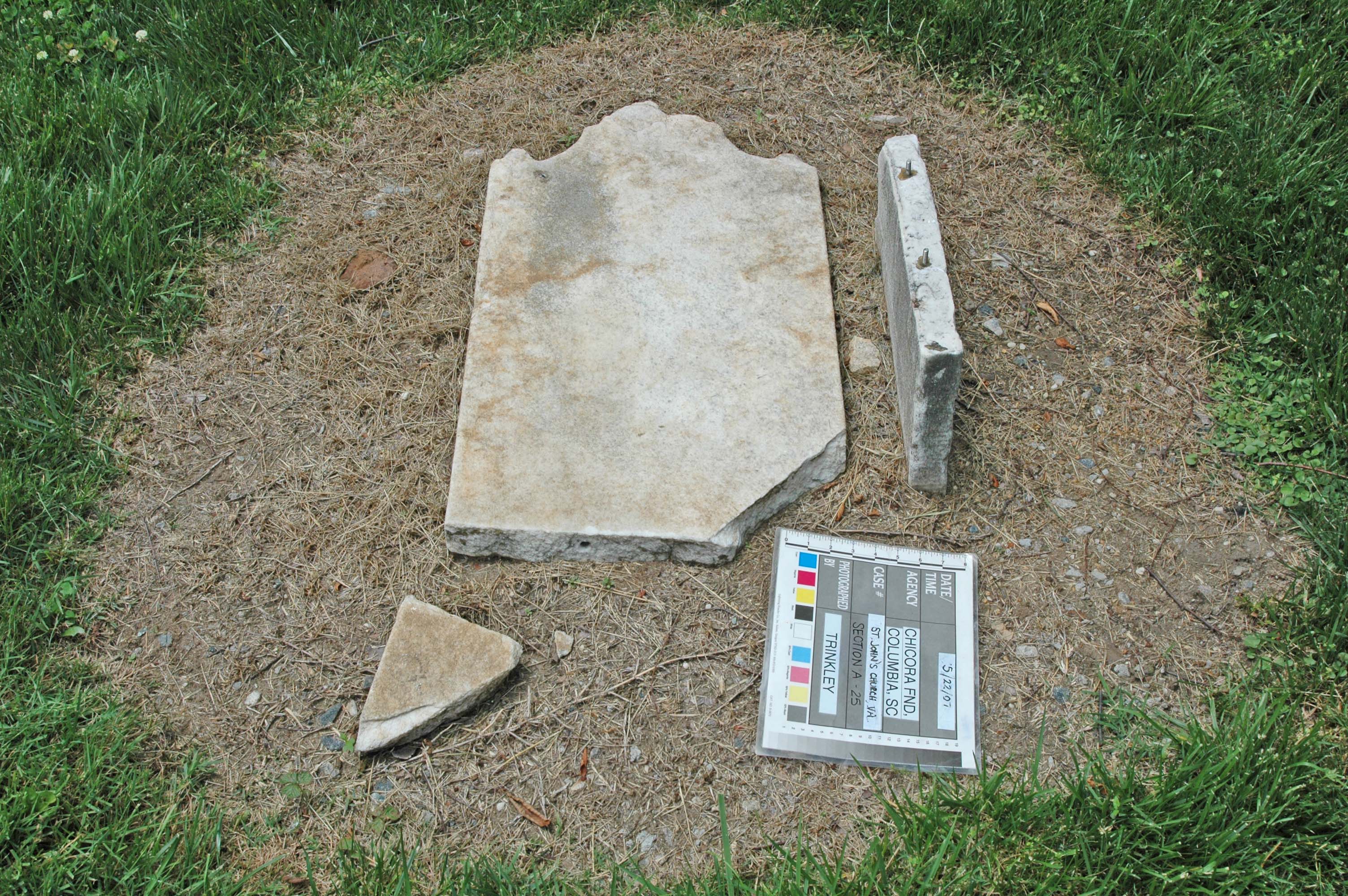
Inappropriate use of herbicides.
We have developed a series of informative documents on landscape
issues that may help with your cemetery landscape problems. All are Adobe Acrobat .pdf files.
Best Practices for Cemetery Lawn Maintenance provides a quick overview
of critical landscape maintenance issues, explaining why some maintenance
activities are so damaging to cemeteries and steps that you can take to minimize
the threat.
Sample Landscape Maintenance Contract is a sample contract or
specifications for cemetery maintenance that also includes typical costs for
various landscape maintenance activities. This may provide you with a starting
place for developing a workable agreement with your landscape maintenance firm.
Appropriate Fertilizers for Cemeteries explains why some fertilizers are
more damaging than others because of the salt they contain -- and provides you
with a guide to some of the more common fertilizer types.
Removing Climbing Plants from Stone and Masonry provides guidance on
dealing with ivy, kudzo, and poisonous plants from a cemetery setting.
Cemetery
Maintenance Inspection Form can used to ensure that maintenance activities
are being carried out correctly and consistently.
Cemetery Maintenance
Program Summary will help you determine the types of landscape maintenance
that are necessary in your cemetery.
Cemetery Plant
Documentation Form provides a standard approach to documenting historic
plantings in your cemetery. Remember, these plantings are part of the landscape
and they, too, must be preserved.
How to Manage
Cemetery Grass During a Drought by Debi Hacker and Michael Trinkley for Turf
Magazine.
|